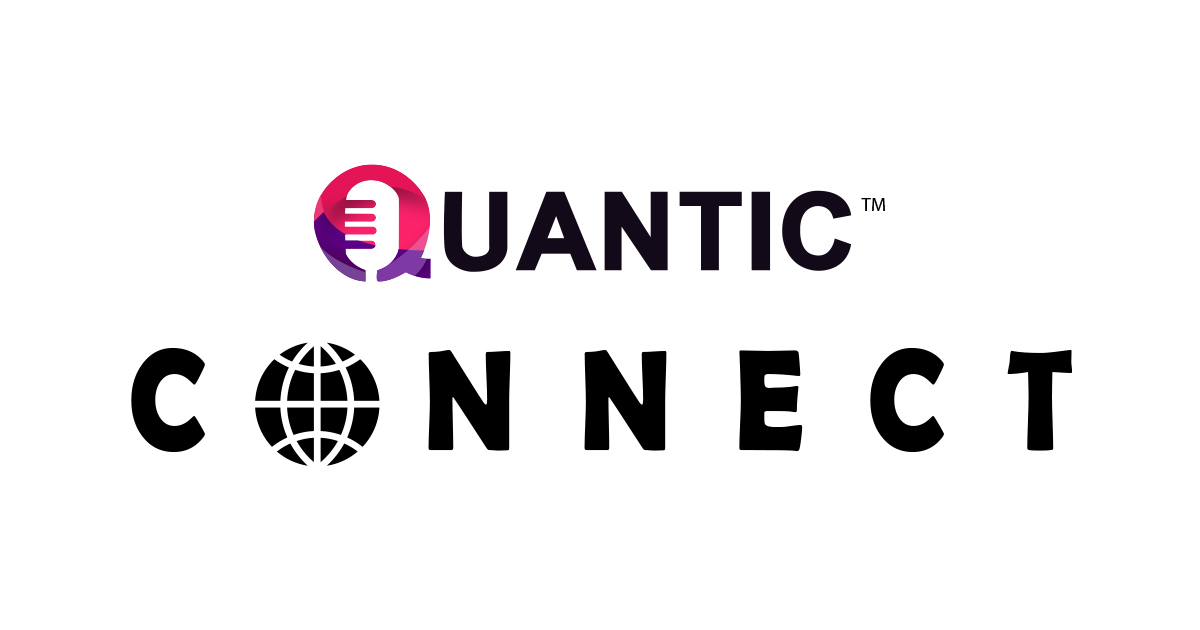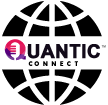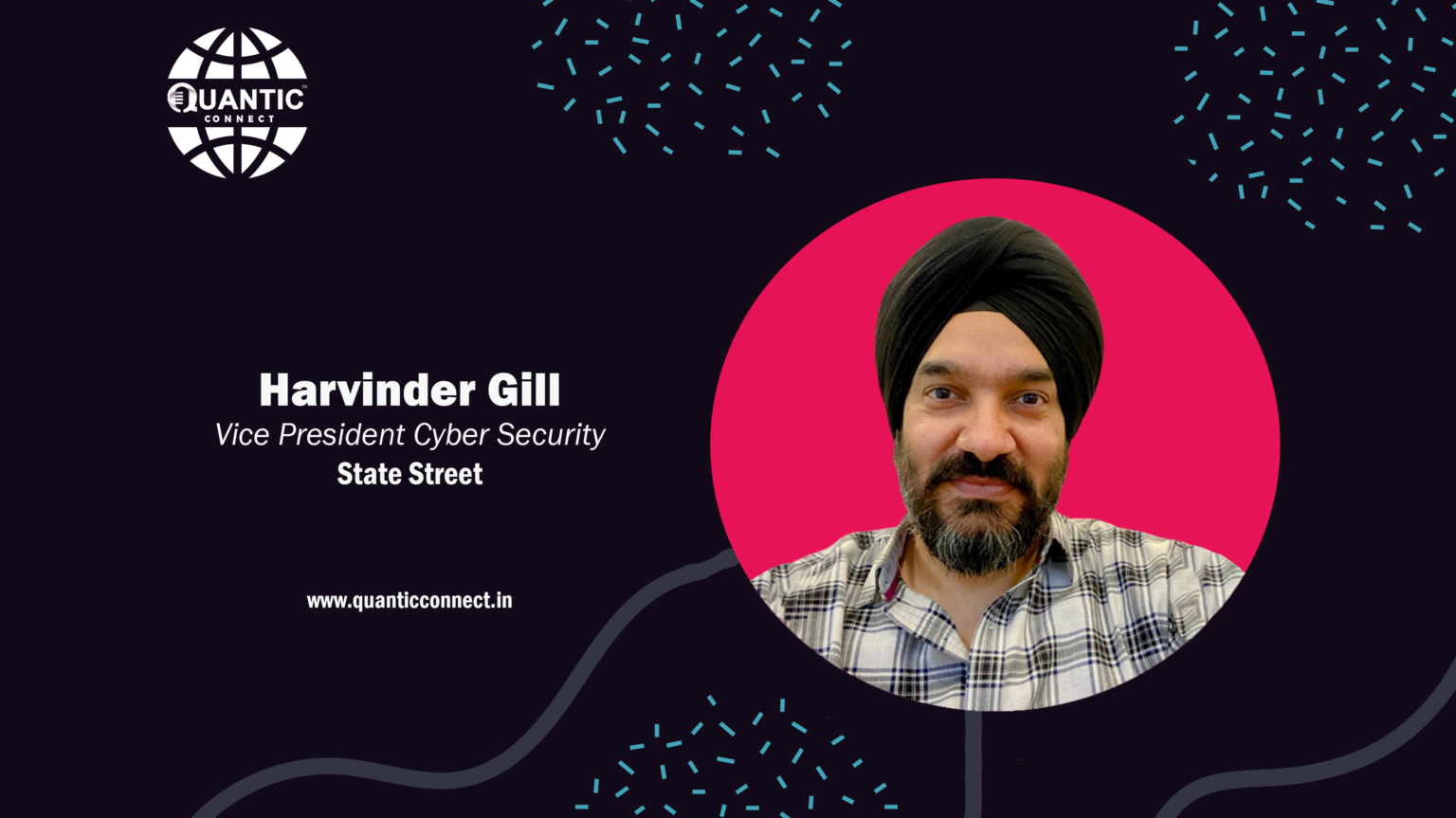Mumbai, October 26: In an increasingly interconnected and digital world, cybersecurity has become paramount in safeguarding the confidentiality, integrity, and availability of sensitive information. It encompasses a wide range of strategies, technologies, and best practices designed to mitigate cyber threats, such as malware, phishing, data breaches, and more. As the digital landscape continues to evolve, cybersecurity remains a critical discipline in ensuring the privacy and security of individuals, organizations, and nations in an ever-expanding virtual realm.
To delve more into these topics, Mr. Harvinder Gill who is the Vice President Cyber Security for State Street in a recent discussion with Mr. Marquis Fernandes, who spearheads the India Business at Quantic India. Read more as they talk about how the growing influence of quantum computing in the field of cybersecurity. It delves into the potential threats posed by quantum computers to current encryption methods and highlights the need for post-quantum cryptography. The article also discusses ongoing research and efforts to secure digital systems against the evolving landscape of quantum technology, emphasizing the urgency of preparing for this paradigm shift in cybersecurity.
He is a highly experienced cybersecurity leader serving as the Vice President of Cyber Engineering at the global financial services giant, State Street. With 18+ years in the security domain and renowned CISSP and CISA certifications, he is a recognized authority in cyber engineering, cloud security, data security, digital risk management, IAM, AppSec, and security operations. In his pivotal role, Harvinder drives security strategy evolution through data-driven insights, enhancing security postures and influencing decision-making. He leads and executes complex security engineering projects with a focus on layered architecture concepts, including cloud security, DevSecOps, identity services, application security, encryption, and device health. Additionally, he oversees governance, cyber SDLC processes, and fosters cross-functional team communication.
What drives your commitment to a career in cyber engineering, despite its ever-changing challenges and dynamic nature?
Cyberspace is a dynamic and ever-evolving landscape. With the rise of digitalization and the expansion of the software supply chain, new threat vectors are constantly emerging. This constant change fuels my passion for learning and problem-solving, ensuring there’s never a dull moment in the world of cybersecurity.
What truly motivates me, however, is the potential to contribute to a safer digital environment. Cybersecurity is not just about protecting organizations; it’s about safeguarding individuals – everyday users, students, and even our older parents. The opportunity to make a tangible difference in enhancing cyber safety and security is what drives me. This idea of helping to create a secure cyber environment for all is what keeps me motivated.
In an interconnected digital landscape, how can organizations strike the right balance between reaping the benefits of cloud computing and ensuring strong cloud and data security measures?
The perception that the cloud is less secure is an outdated one. This notion originated during the early days of public cloud adoption, when concerns about data safety were prevalent. However, the landscape has significantly evolved over the past five years.
There have been numerous innovations in the field of security, with many vendors adapting their products to be cloud-agnostic. Cloud providers themselves have invested considerable resources into research, time, and money to enhance data security on their platforms.
Today, the economies of scale offered by cloud services are undeniable. Instead of making large capital expenditures on security products, organizations can now opt for these services on a subscription basis.
That being said, there are still scenarios where private clouds or existing data centers may be more appropriate for certain organizations. These entities can choose to leverage their existing infrastructure while offloading some of the enterprise application load to the cloud.
In conclusion, the perception of the cloud as a less secure option is outdated. With continuous advancements in security measures and the flexibility it offers, the cloud has become a viable and often preferred option for many organizations.
How can the cybersecurity community strengthen application security through effective encryption strategies while safeguarding the health and security of accessing devices?
Recent cyber incidents have underscored the importance of robust application security. Adversaries have exploited weak security measures, static passwords left in production code, and even compromised DevOps pipelines to gain unauthorized access and steal data.
Securing application security involves multiple layers. One crucial aspect is the use of advanced encryption algorithms to secure data both in transit and at rest including transport and session layer security using protocols such as SSL and HTTPS.
However, encryption is just one piece of the puzzle. An effective application security program should also incorporate secure coding practices and security by design principles. It’s essential to scan for and mitigate application-level vulnerabilities before code is pushed into production, thereby adopting a secure Software Development Life Cycle (SDLC).
The integration of DevSecOps at the execution level ensures that security measures are baked into the development process from the start. Instead of relying on static passwords, applications should leverage secure key management practices and multi-factor authentication for users.
In summary, application security is a multi-faceted domain that requires a comprehensive approach, encompassing everything from encryption to secure coding practices and user authentication.
What are the essential considerations and best practices organizations should incorporate into their Cyber SDLC processes for effective security risk mitigation?
The importance of a robust Software Development Life Cycle (SDLC) process in any organization cannot be overstated. However, the specific elements of the SDLC that an organization adopts often depend on the maturity of its application security process. It can be quite overwhelming for an organization to adopt all practices at once. Therefore, a phased implementation approach, prioritizing the most critical aspects first, is advisable.
The first and foremost step in this journey is to foster a culture of security within the organization. This involves a significant investment of time and resources in educating developers about secure coding practices. Once this culture is firmly established, other processes and checks can be gradually introduced.
One such process is ‘Security by Design’, which advocates for the integration of security considerations right from the initial stages of the SDLC. This includes activities like threat modelling and risk assessments, which help in identifying potential security risks.
Next, we have ‘Secure Coding Practices’. This involves training developers to prevent common security vulnerabilities through techniques like input validation, output encoding, and proper error handling.
Another critical practice is ‘Automated Security Testing’. This involves the use of automated tools for conducting regular security testing throughout the development process. The types of testing include Static Application Security Testing (SAST), Dynamic Application Security Testing (DAST), and Interactive Application Security Testing (IAST).
Remember, the journey towards secure software development is progressive. It starts with cultivating a security mindset and gradually incorporates more technical processes and checks.
How can organizations effectively integrate Identity and Access Management (IAM) solutions into their digital risk management strategies?
In the realm of cybersecurity, Identity and Access Management (IAM) is not just a domain; it’s the backbone of your organization’s security posture. It’s the gatekeeper that ensures only authenticated and authorized individuals can access your resources.
Now, if you’re part of a large and complex organization with multiple users and suppliers, imagine the potential risk if this gatekeeper isn’t up to the mark. It’s like leaving your house with the doors wide open!
So, how do you ensure your IAM is robust? Start with a self-audit. Understand what you’re dealing with – your applications, databases, infrastructure, users, and so on. You need to have a full understanding of your digital landscape. Are they all covered under IAM? Are you using multi-factor authentication? These are some questions that need answers.
Next, conduct a risk assessment. This isn’t a one-time activity but should be part of your ongoing strategy. Measure the effectiveness of your IAM controls. Are they doing what they’re supposed to do?
Also, have clear processes in place for onboarding new applications, vendors, or users onto your IAM system. And don’t forget about those who leave – regular checks for stale access are just as important.
Lastly, remember that IAM isn’t just about tools and technologies; it’s about people too. Cultivate a security culture within your organization. After all, the most robust security system can still be compromised by human error.
In conclusion, integrating IAM solutions into your digital risk management strategy is not just about ticking off boxes in a checklist. It’s about continuous improvement and adaptation to the ever-evolving digital landscape. You would need to adopt to the modernization IAM solutions which can keep the pace with the ever changing landscape and also provide a better digital experience to the users when it comes to logging into the systems.
What message or piece of wisdom would you most want to impart to the future generation, based on your life experiences and values?
We are living in a world that is evolving at an unprecedented pace, faster now than ever before. The lifespan of cyber and digital technologies and products is increasingly short. Therefore, I encourage you to cultivate a habit of lifelong learning. Embrace being a student throughout your life and career journey. Once you’ve mastered the art of learning, everything else will fall into place with ease. This one habit can fuel all the other attributes you’ll ever need.
Adopt a growth mindset. Don’t shy away from feedback; instead, use it as a stepping stone for improvement. Always be on the path of being your own next version.
In addition to these, remember to keep things light. Enjoy life, spend quality time with family and friends, and engage in sports or maintain an active lifestyle. These elements form the foundation upon which you can build everything else. After all, a balanced life is key to enduring success.
To know more about us / publish your article, reach us at
www.quanticindia.com
marquis@quanticindia.com



